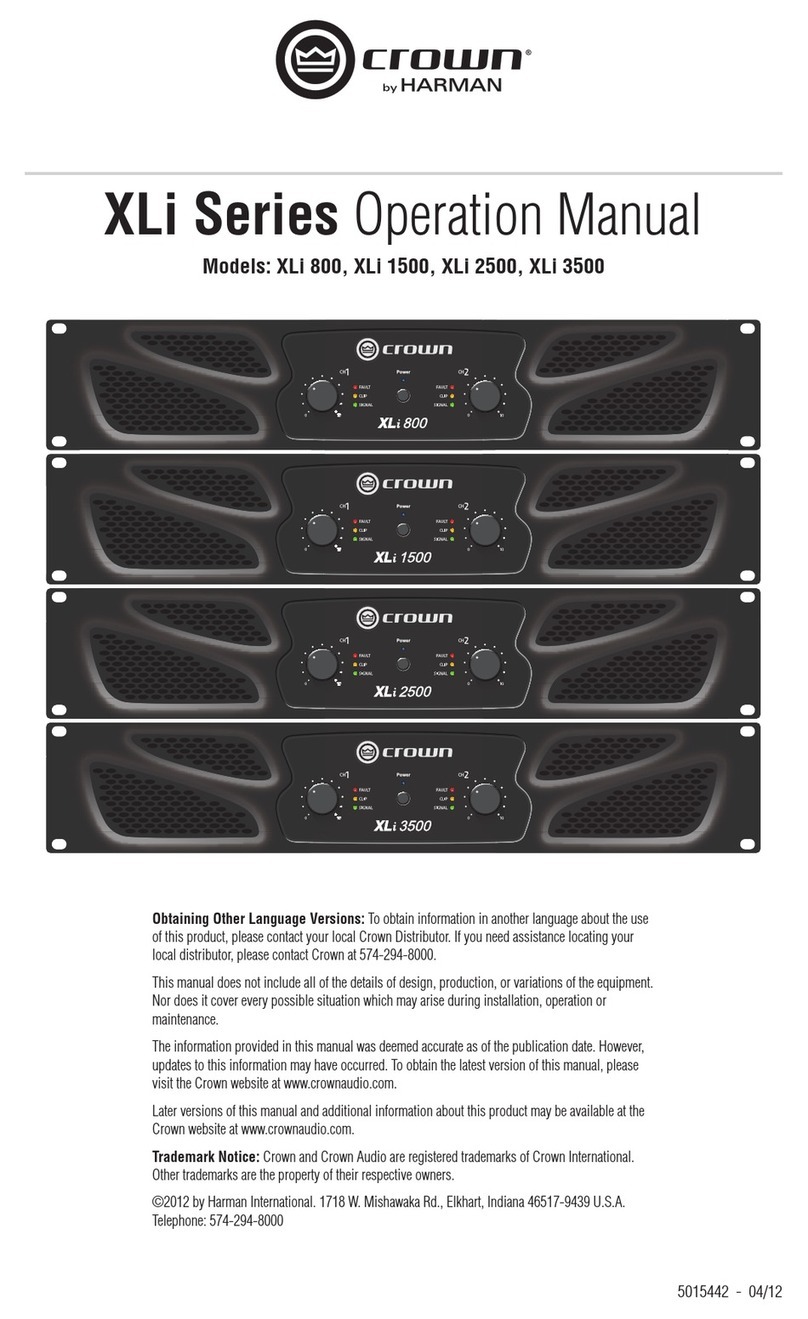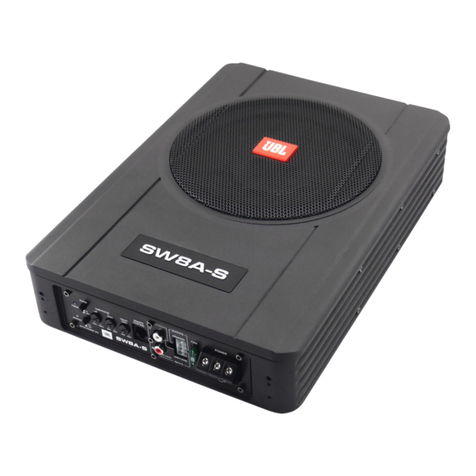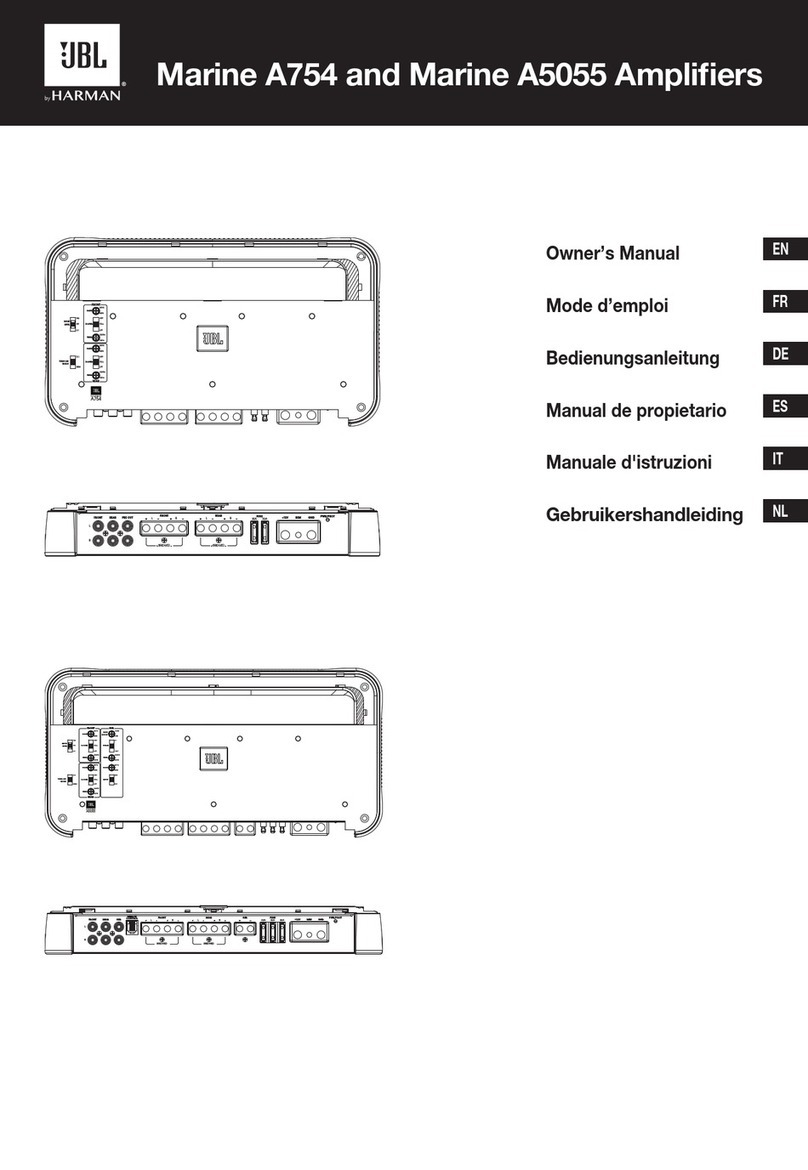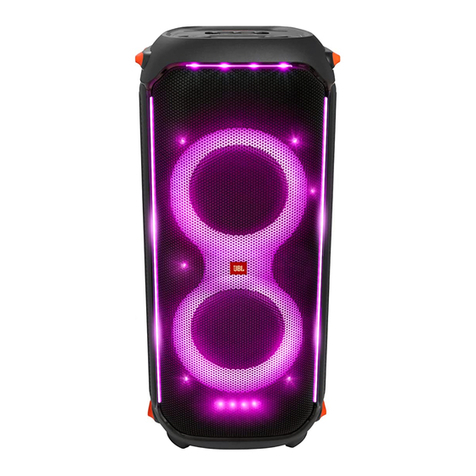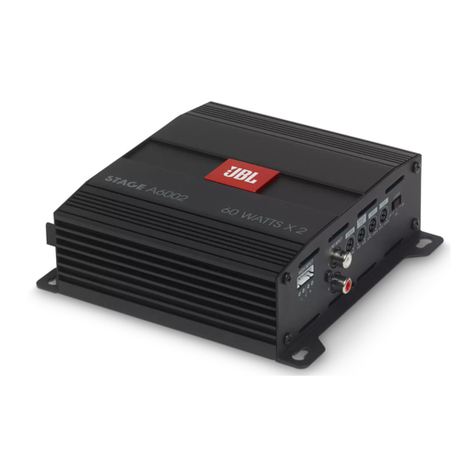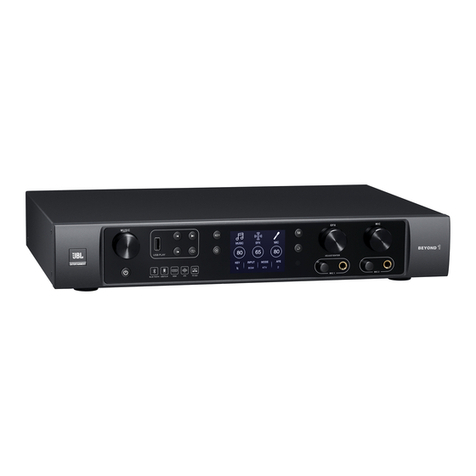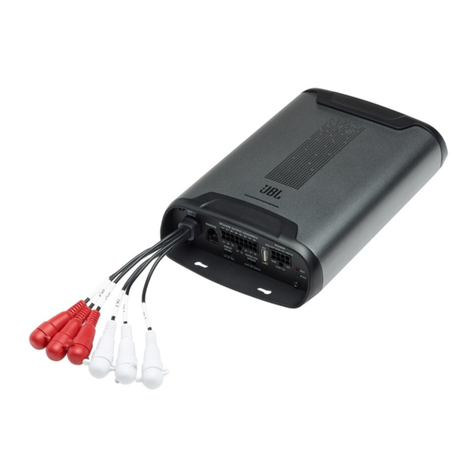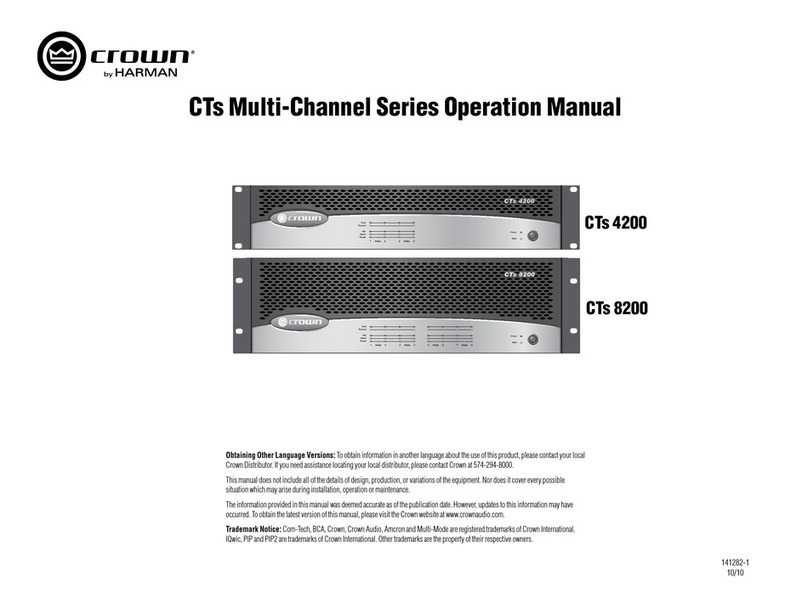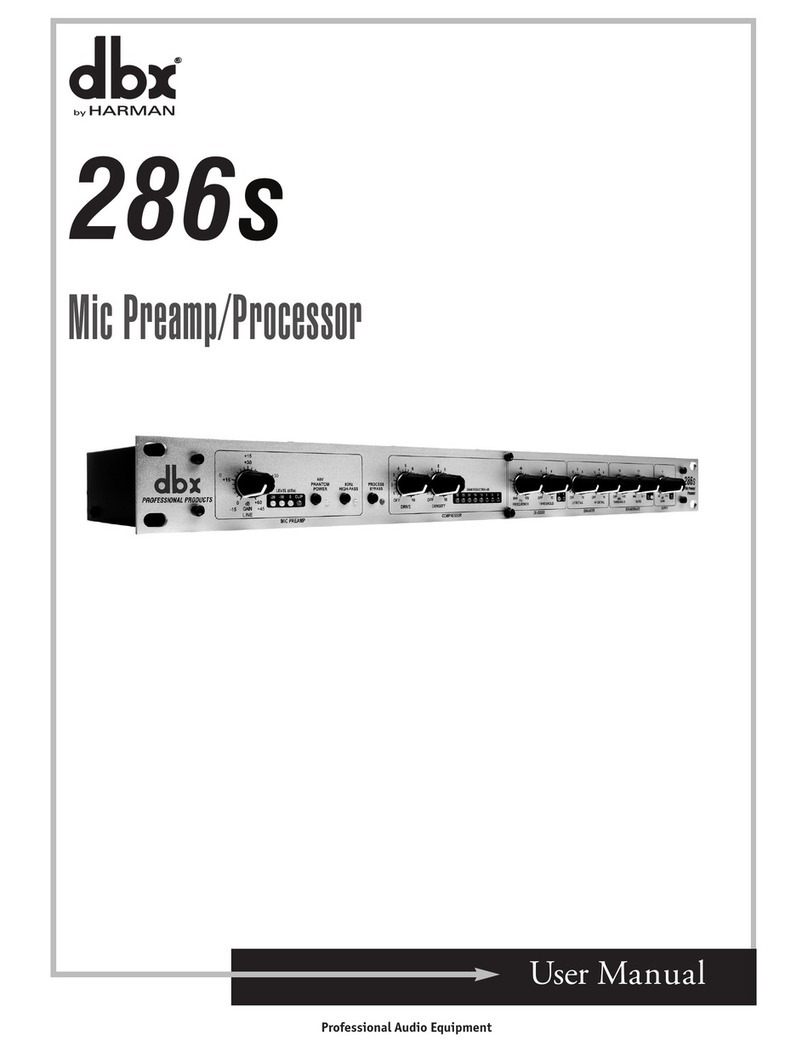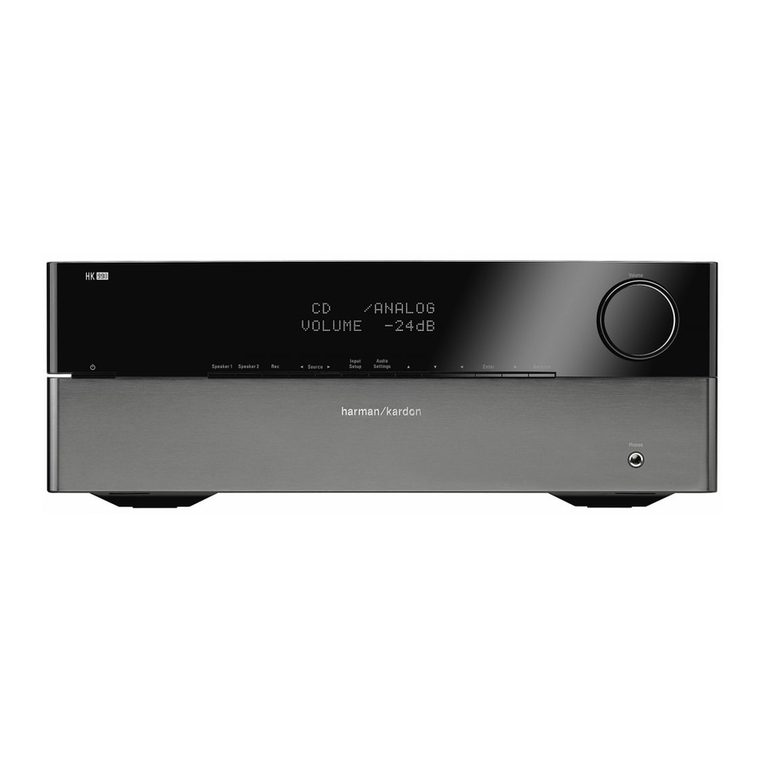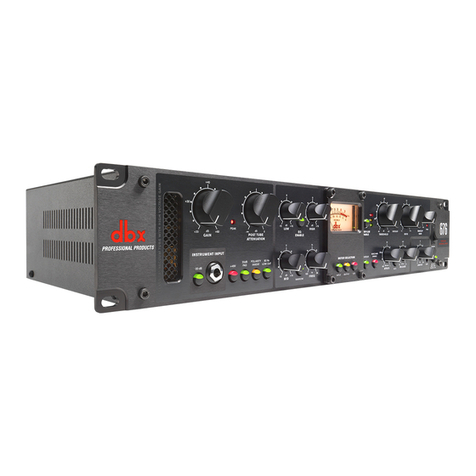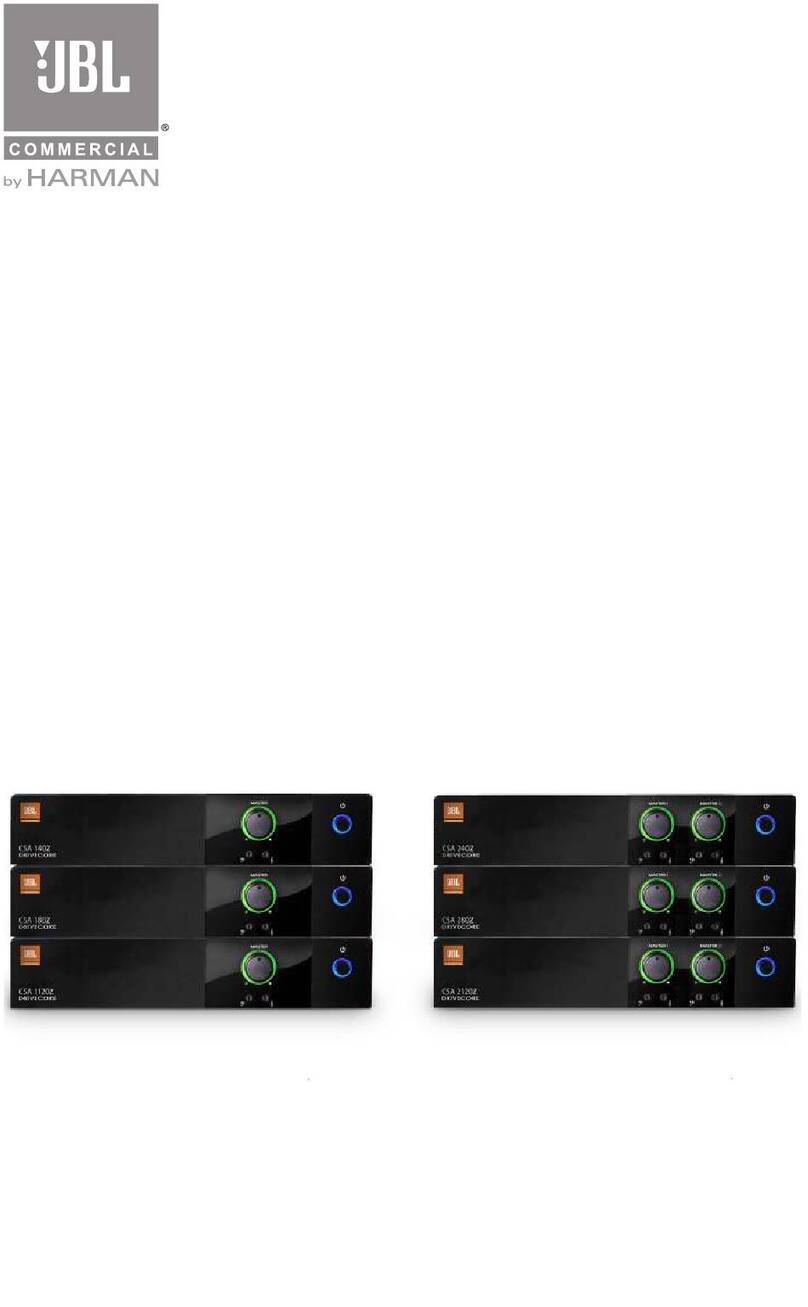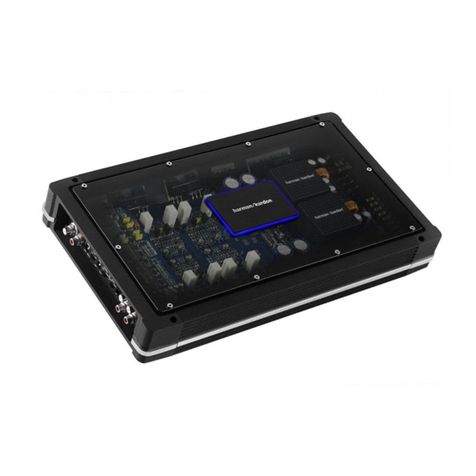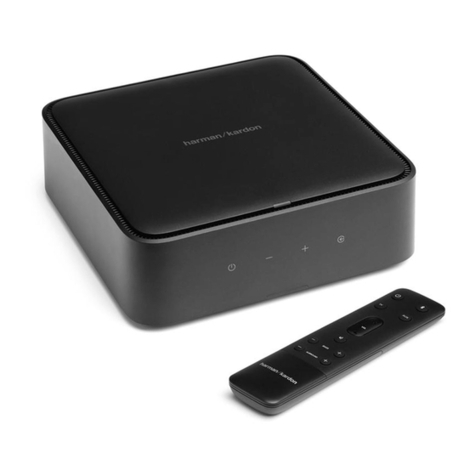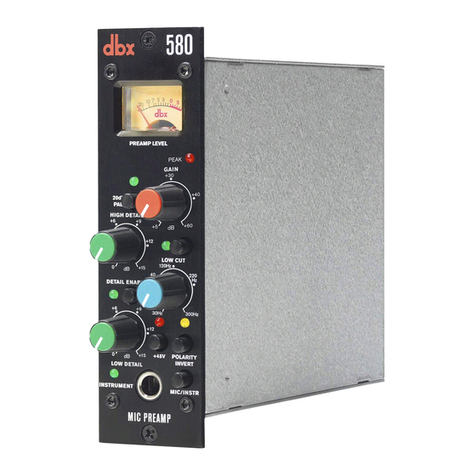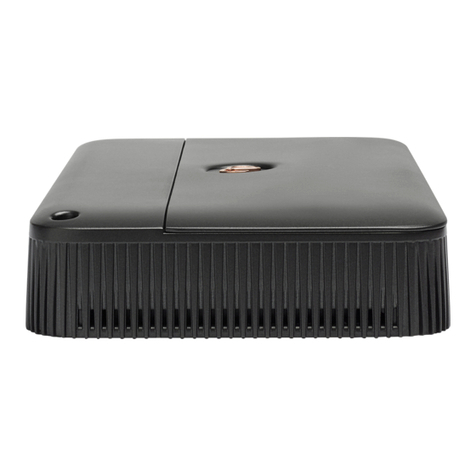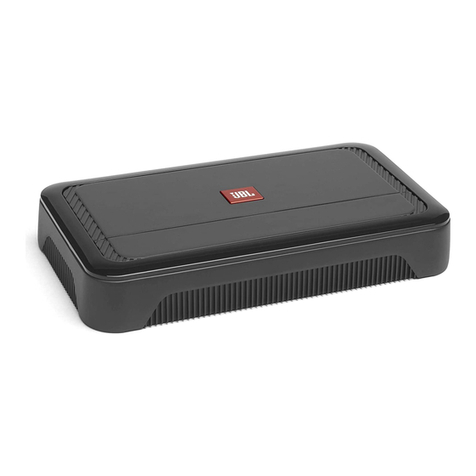
0 Remote bass level
control
To
control the bass output from a convenient location
in
the vehicle, plug the included controller into the Remote
Level Control input. Mount the controller
in
a convenient
location that doesn't interfere with normal vehicle
operation.
[j---10
~~~~-------
eLine-level
inputs
(RCA)
If
your source unit offers preamp outputs, connect to the
front and rear
Land
R,
and subwoofer inputs using RCA
patch cables.
@
Ill
----
..
@ --==ooo.-..-
If
your
car
audio
system's
head
unit
does
not
have
line-level
outputs,
use the supplied bare wire-to-RCA
adapters to connect the Kappa amplifier's inputs to either
the front
or
the rear speaker outputs of your car audio
system's head unit (splice crimps not included).
Use a small Phillips screwdriver to loosen the adapter's
set screws and insert the speaker wires into the holes
on
the back of the adapter. Tighten the set screws to secure
the wires.
Always connect the(+) speaker wire to the adapter's
(+)terminal and
the(-)
speaker wire to the adapter's (-)
terminal. When
all
wires
are
connected, plug the adapters
into the Kappa amplifier's preamp inputs.
~
11/f,}.
~
~<i;
-
;
~
.
Loosen
~
Insert
Screws Wires Tighten
Screws
Important:
Some factory audio system amplifiers include
electronic filters that limit the amount of bass sent to the
system's smaller speakers. This filtering will adversely
affect the Kappa amplifier's performance.
To
get the most
bass possible, splice the high-level wires into the factory
speaker outputs that are connected to the system's
largest speakers (the ones designed to reproduce the
most bass).
e
Input
level
Select
LO
if
providing signal to the
amplifier with line-level connections.
Select
Hl1
or Hl2 if using speaker-level
connections.
INPUT LEVEL
liD
II
~I
I_
LO
Hl1
Hl2
Note:
If
you have connected your amplifier to factory
speaker outputs and the audio fails to
play,
change the
switch to "HI2". The "HI2" position includes a circuit
designed
to
fool a factory audio system into "seeing" a
speaker connected to its input.
Important:
"HI2" should
never be used when the amplifier
is
connected to a head
unit's line-level
(RCA)
outputs.
0
GAIN: Setting
the
input
sensitivity
Adjusting the gain lets you match the input sensitivity
of amp with the output of your receiver, and match the
relative volume to the rest of your speakers.
• Start with gain control set to minimum, and the
crossover control and bass control rotated midway.
• Choose music with substantial bass content and turn
the volume control
on
your receiver to
%
of its total
output.
• Adjust the gain control clockwise, listening carefully to
the bass output.
If
you hear distortion, turn the gain
control counterclockwise to decrease the gain.
E)
Crossover-filter
frequency
controls
(FREQ)
Turn the dial to the left to lower the
crossover point, and to the right to raise
it.
Adjust the crossover until your subwoofer
plays only low-frequency information.
0 Bass
boost
(DBO)
As part of the Dynamic Bass Optimizer, you
can increase the bass output of your system
up to +12 dB.
Turn
the dial to the right
to
increase the bass output.
4f:)
Subsonic
filter
(HP FREQ)
FREQ
@OH'
• •
32Hz 320Hz
BASS BOOST
@
•
•
OdB
+12dB
]A_
HP
FREQ
To
keep your subwoofer from wasting energy
trying to play frequencies you can't
hear,
@
you can set the subsonic filter to allow only
frequencies above 1
0-80 Hz to reach your
sub.
Turn
the dial to the right to raise the
filtration point.
4D
Subwoofer
phase
selector
You
can choose a phase of
oa
or
180°.
Play music with lots of bass and slide the
switch back and forth. Choose the setting
that gives you more bass.
If
you don't
detect any
real
difference, leave the dial
at
0.
4e
Auto
turn-on
selector
If your stereo has no "Remote Out" lead,
slide the "AUTO TURN ON" switch to
"ON". This will turn the amplifier on when
it detects speaker-level signal.
• •
10Hz 80Hz
-
(
PHASE
[OJ
___J
I__
0° 180°
AUTO
TURN ON
rr:o
_j
L
AUTO OFF

